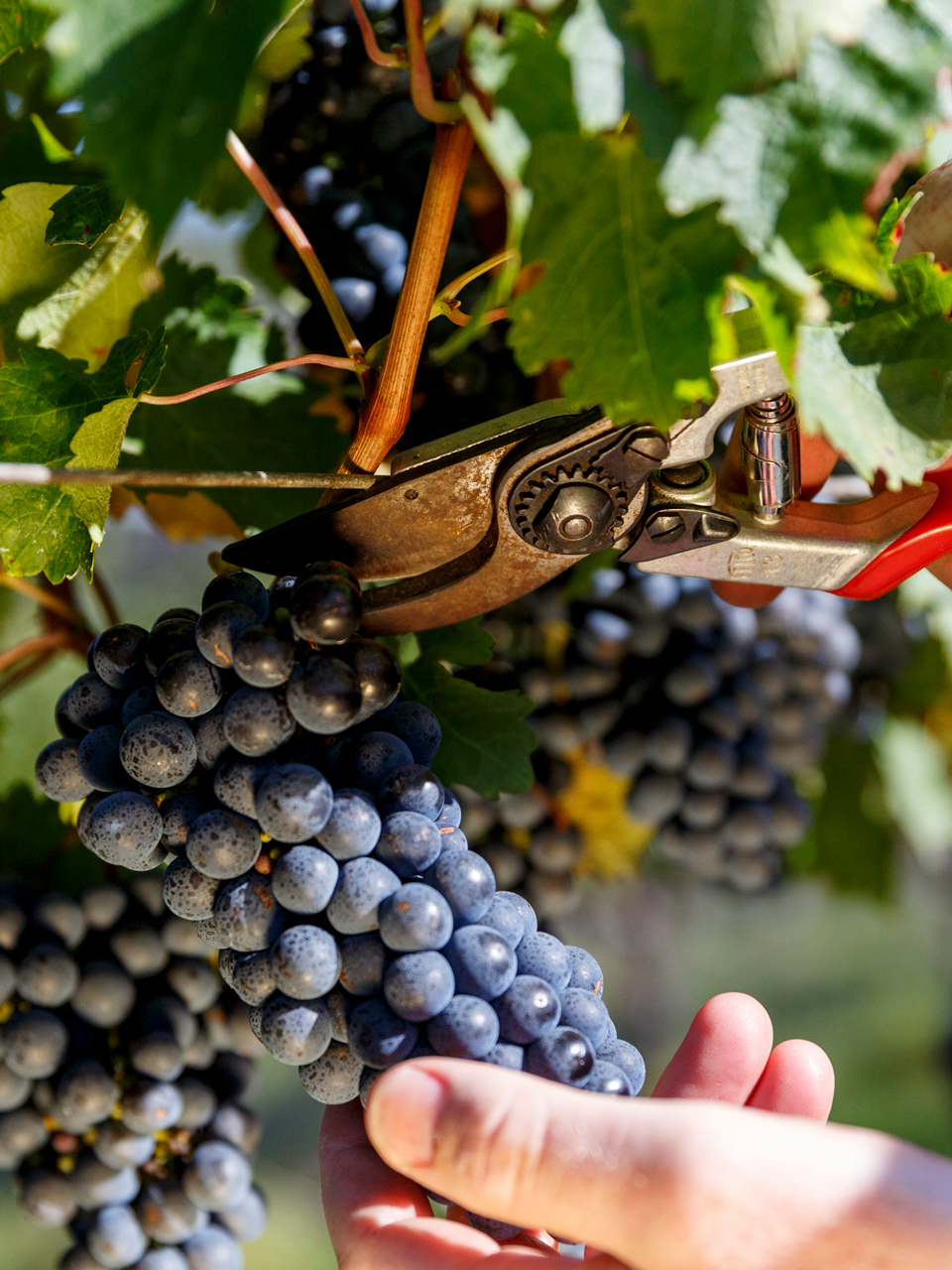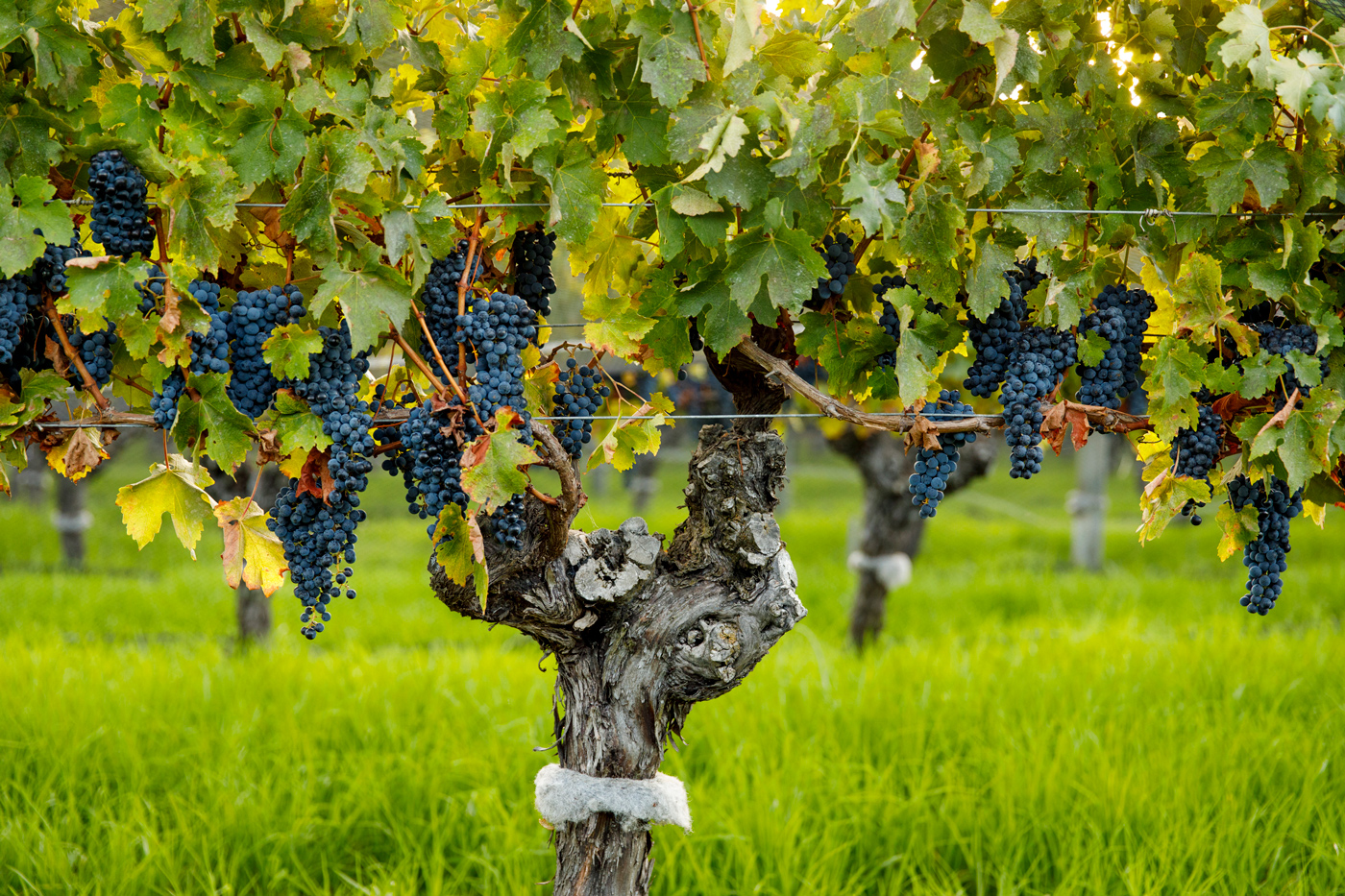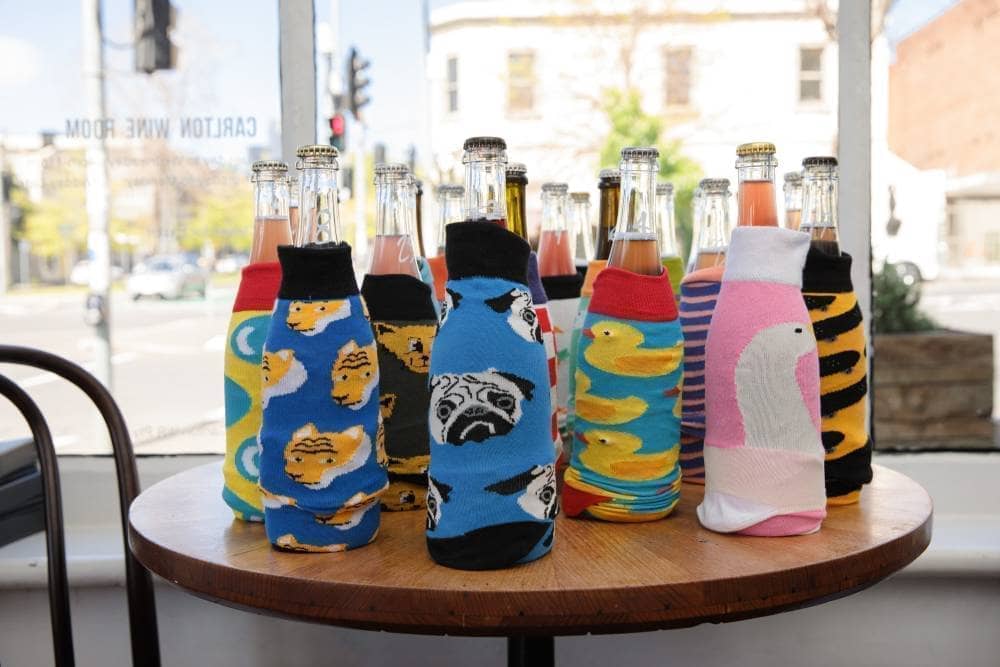Geography, Soils & Climate
Margaret River is blessed like few other regions with vintages of consistently high quality, while by no means being homogenous in style. While the heat of some vintages can pose a challenge, many of these years have also been the most celebrated for producing cabernet sauvignon. Excessive rain and subsequent disease is rarely an issue in the growing season, and while some producers are less enamoured with cooler years, many modern producers favour them.
From Cape Naturaliste at the northern tip to the southernmost point at Cape Leeuwin, runs a ridge that dominates the soil type of the region, though there is significant diversity to those soils, too. Generally, they are characterised by gravelly and sandy loam over granite and gneiss, with low water retention capacity, which helps to wick away excess moisture from the high rainfall. Although not officially delineated, Dr Gladstones identified six sub-zones in a follow-up paper in 1999. He presented detailed data on nuances in both climate and geology to support his proposed borders. Karridale is the largest, occupying about half the region from the southern tip up, which is bordered by Wallcliffe to the north, then above are the smallest zones of Wilyabrup, next to the Indian Ocean, and Treeton, inland from it, with Carbunup above with its northern limit Geographe Bay, and Yallingup running along the Indian Ocean side up to Cape Naturaliste. And while not cemented in the GI, producers will frequently reference these sub-zones on their labels.
Given that the region is hemmed by both the Indian and Southern Oceans, the climate, unsurprisingly, has a maritime influence, though it is classed as Mediterranean. While there is a low diurnal temperature range, the ocean breezes cool the vines, meaning the grapes tend to retain good acidity and allow for relatively extended ripening.




